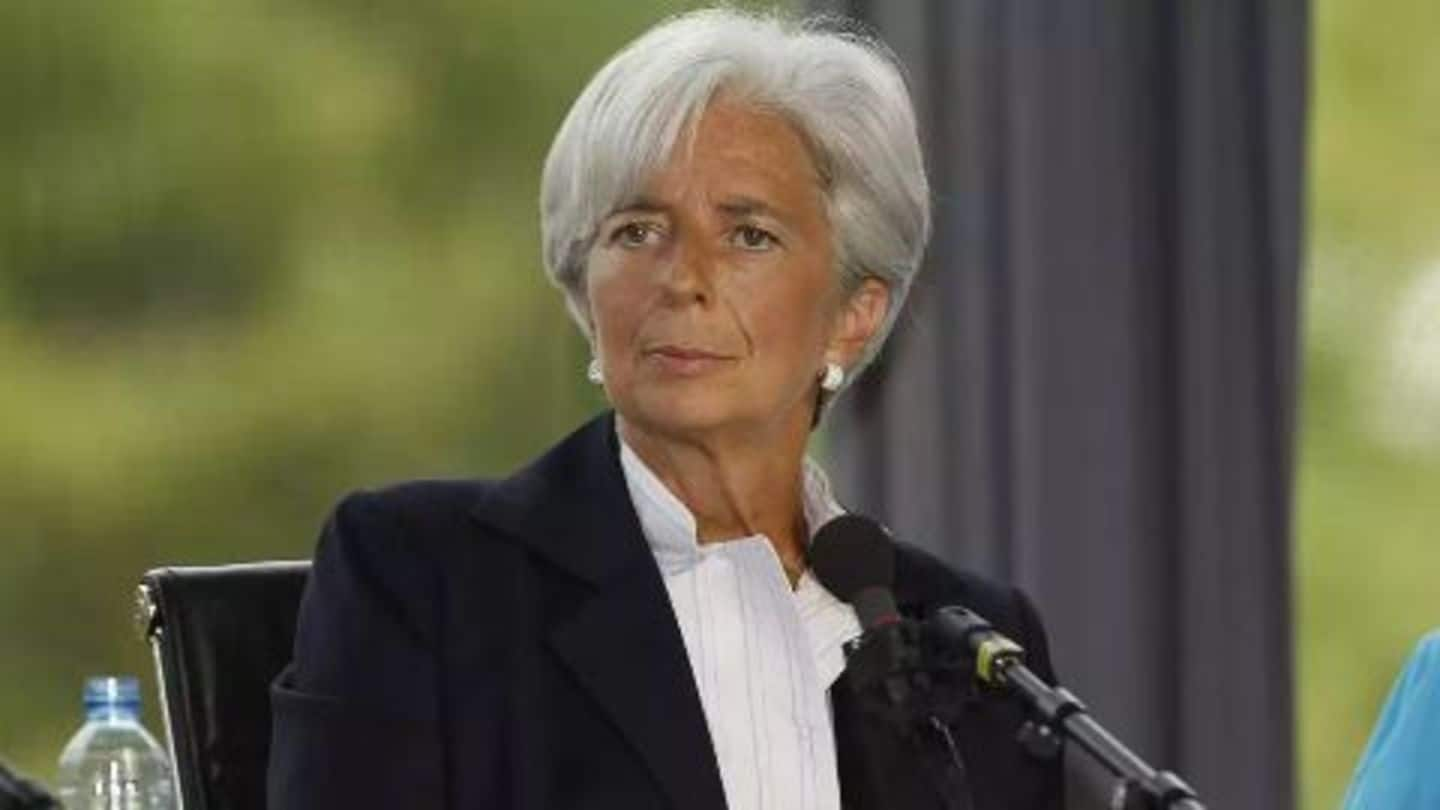
India now among 10 largest nations in IMF
What's the story
India and China have now come in the league of the 10 largest nations in the IMF, after the IMF quota reforms were ratified by the US Congress. The long pending IMF quota reforms were adopted in 2010, but were awaiting ratification from US lawmakers. The quota has been doubled from SDR 238.5 billion (~$329 billion) to SDR 477 billion (~$659 billion).
IMF
What is IMF?
The International Monetary Fund (IMF) is a global financial institution formed in 1945 under the Bretton Woods Agreement. The 188 member body aims to "foster global monetary cooperation, secure financial stability, facilitate international trade, promote high employment and sustainable economic growth, and reduce poverty around the world". IMF had helped India overcome the 1991 Balance of Payment crisis by advancing loans and suggesting reforms.
SDR
What is SDR?
Special Drawing Rights are international reserve assets which form part of a country's foreign exchange reserves. It was created in 1969 as the dollar and gold, the 2 international assets at that time, proved inadequate. It is based on 4 currencies- the Dollar, the Euro, the Pound, and the Yen, and can be traded by nations against other currencies to meet their forex requirements.
Do you know?
Chinese Renminbi to become 5th reserve currency
IMF will include the Chinese Renminbi (RMB) as the fifth international reserve currency with effect from Oct'16 - an example of the growing economic clout of China.
Quota
What is IMF quota?
IMF quota in simple terms refers to the money which a country gives to IMF to form IMF's financial reserves. The quota of each country is decided by its relative position in the world economy based on number of factors including GDP, market access, economic variability, and international reserves. The IMF quota determines a country's shareholding, its voting rights and access to IMF's finance.
Reforms
Details about the quota reforms
IMF undertakes quota reforms every 5 years to determine the increase in quota and also its distribution among member nations. In 2010 for the 1st time, the IMF board recommended an unprecedented 100% increase in the IMF's quota along with a major realignment of shares. The reforms shifted 6% of the quota from over-represented nations (mainly developed countries) to under-represented nations (developing countries).
29 Jan 2016
Why was US congress ratification needed?
IMF quota reforms require a majority vote constituting 85% of the total voting rights. The US has a 17.65% quota translating to a voting right of 16.74%. Hence, even after the governance quota reforms were passed by IMF in 2010, it required US Congress ratification. However, Congress was reluctant to do so over apprehensions of a possible decline of US control over the IMF.
29 Jan 2016
Key highlights of the reforms
The reforms significantly readjust the quota share, especially for the emerging market economies. These countries now get an additional 6% of the quota shares. The BRIC nations - China, India, Russia, and Brazil - now come in the league of top 10 largest shareholders in the IMF. India has become the 8th largest shareholder while China has become the 3rd largest.